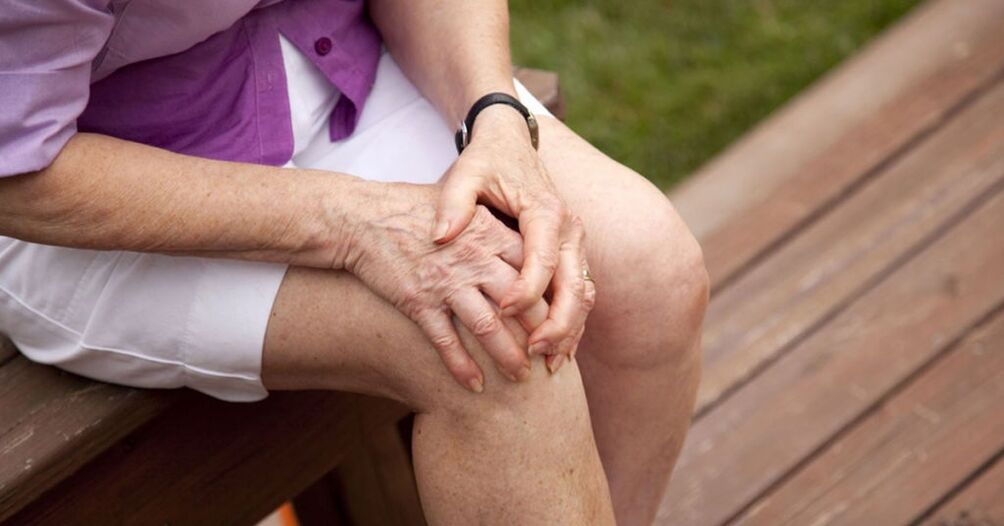
Joint pain is not just a problem of the older generation. Young people often face this. In some situations, pain relievers are saved from unpleasant symptoms, in other cases drug treatment is required, and in the most difficult cases, the help of a surgeon is required. .
Causes of joint pain
The causes of pain in the joints can be mechanical and infectious. After an injury, no one is surprised by how painful it is to move. But when pain occurs for no apparent reason, the patient does not understand how to act to get rid of the problem.
However, bacterial infections can be painful. When pathogens enter the synovial fluid, they enter the nearby soft tissues. An infection can get into a joint in a number of ways:
- Consequences of the restoration, due to the sterilization of poor quality materials.
- Due to deep tissue damage in skin infections;
- After performing any surgical intervention in violation of the rules of antiseptic handling.
In addition to bacteria, joints are also threatened by fungi. These microorganisms also enter the synovial fluid due to infection during surgery.
Fewer people associate stomach problems or bladder damage with knee or elbow pain. However, there is a connection. When the digestive tract is affected by a bacterial infection, toxins and microbial colonies enter the bloodstream and travel through the body via the bloodstream. Some of them are deposited in the joint cavity. General risks are:
- gastrointestinal disease;
- damage to the urinary system;
- venereal diseases;
- scarlet fever;
- angina;
- Infectious mononucleosis;
- pneumonia.
This shows that the improper treatment of infectious diseases can lead to more serious consequences than one imagines. For example, a late diagnosis of strep throat or a patient's refusal to take prescribed antibiotics can lead to disability. This is due to the fact that streptococcus, which causes angina, is recognized by the immune system as cells from heart valves and intra-articular tissue. Without antibiotic therapy as the primary treatment, the immune system will destroy joint tissue on its own, fighting the infection.
Viral infections also affect joints. These are diseases such as:
- scarlet fever;
- hepatitis C virus;
- hepatitis B;
- Herpes.
Humanity has yet to invent a proven effective drug that can fight viruses. The only exception is the drug Acyclovir, which is effective against the herpes virus. Other diseases of viral etiology can only be defeated by human immunity. To protect yourself from infections that can destroy joint tissue, you can boost your immunity by getting vaccinated. Vaccination against rubella and hepatitis has been included in the mandatory schedule.
How to relieve pain?
For symptomatic treatment of joint pain, chiropractors use non-steroidal anti-inflammatory drugs.
In case the pain is unbearable, you will have to see a specialist to unclog the blockage. This is a procedure that allows you to put numbing medicine into the joint itself and into the area near the roots of the nerve endings. But this solution to the problem is temporary. After 10-16 hours, the patient's condition will return to the original position.
What does the clicking sound in the joints indicate?
Cracking noises can have a number of causes. On the other hand, a crackling sound indicates that the substrate in the joint is depleted due to a violation of the water-salt balance. On the other hand, the one-off crunch that can be heard when the joint is flexed or extended to the extreme is the sound caused by air bubbles bursting within the synovial fluid.
If there is a constant chirping during movement, you need to reduce the load on the moving part. It is better to eliminate the cause through the office of an orthopedic surgeon. Arbitrary use of advertised drugs not only does not help, but can also cause harm. X-rays will show the condition of the bones and cartilage in the joints. If it shows that he is exhausted, individual recommendations will be made. If, with developed cartilage, you independently relieve pain with non-steroidal anti-inflammatory drugs, then only the sensitivity in the joint can be reduced, while continuing to exploit it. Over time, thin cartilage becomes the cause of inflammation of the endoarticular tissue, which in the long run will lead to dry joints.
Arthritis or dry joints
For people who don't have a medical degree or haven't had bone problems themselves, the two concepts: arthritis and rheumatoid arthritis seem to be exactly the same. The similarity of names is explained by all diseases related to the joints have the root "art". The suffix "it" speaks of an inflammatory process. This can be seen in other terms: rhinitis - sinusitis, bronchitis - bronchitis; otitis media - an inflammation of the ear. At the same time, this term does not refer to the cause of inflammation, which means it cannot be diagnostic. For example, bronchitis can be caused by both viruses and bacteria. This means that the treatment tactics in both cases are completely different. Arthritis is inflammation in the joints for which no cause is described.
Osteoarthritis is a disease in which the joint cartilage is affected. Long-term arthritis that is not discovered sooner or later also leads to dry joints. Inflammatory processes in the joints disrupt metabolism, as a result of which the tissues do not receive proper nutrition and become thinner. Thus, the destruction of cartilage tissue occurs.
Prevention of joint disease
Proper nutrition ensures the health of all body systems. Sufficient amounts of protein, calcium, iron and vitamins allow you to supply cartilage, ligaments, synovial fluid and bones with everything you need.
In addition, an active lifestyle will help keep the muscles in good condition, thereby providing additional support for the entire skeleton in general and joints in particular. And to protect yourself from dangerous viral infections affecting bones and joints, you need to get vaccinated in time.












































